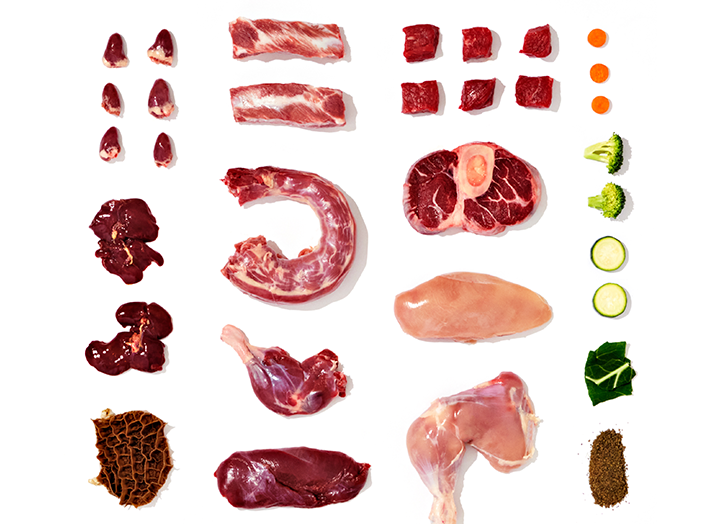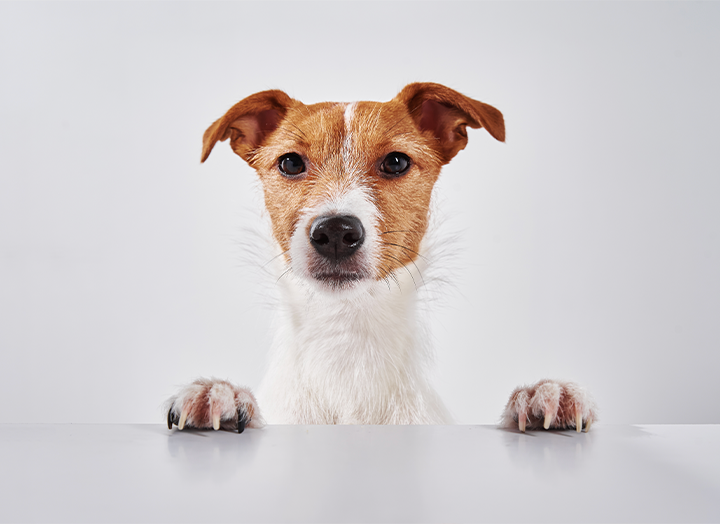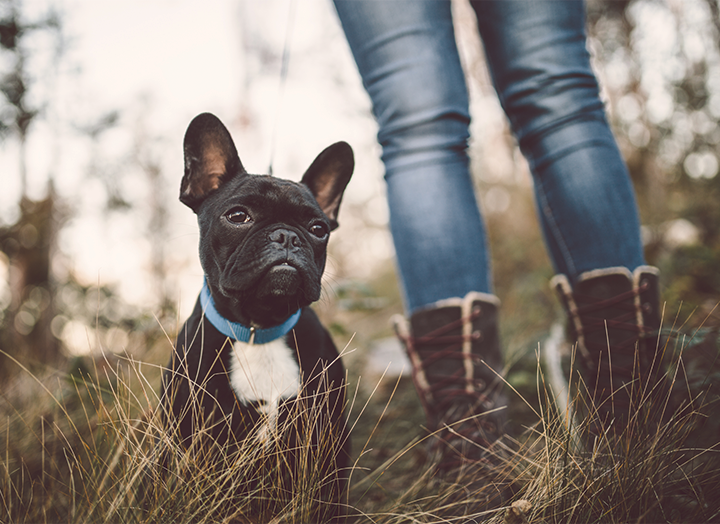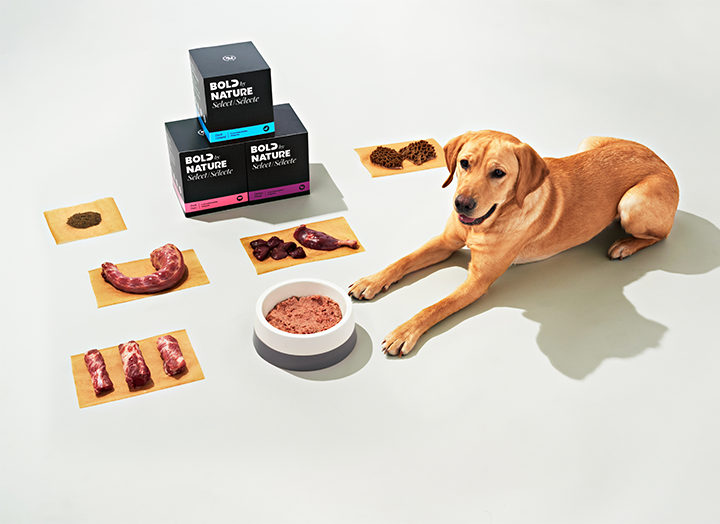[vc_row][vc_column][vc_column_text css=””]
Dog food ingredients to avoid
Homes Alive Pets says that while packages and commercials can be misleading, the most important information you’ll want to look for is located right on the ingredients list. This will list out the good and bad dog food ingredients, let you know exactly what’s going into your pet’s system and will help you better decide what to feed them.
[/vc_column_text][/vc_column][/vc_row][vc_row][vc_column][vc_row_inner content_placement=”middle”][vc_column_inner width=”1/2″][vc_column_text css=””]
BHA/BHT/Ethoxyquin
These bad dog food ingredients are chemical preservatives used to maintain fats in not only our pet’s foods but our foods, too. Although banned in some countries, Canada and the United States still approve it for use as dog food ingredients in small quantities. They are known to contain harmful carcinogens and hormone disrupters, so it’s best to steer clear of any foods containing these.
Nitrates/Nitrites
Nitrates and nitrites are other forms of chemical preservatives and bad ingredients in dog food that prolong the shelf life of food products like bacon, ham, hot dogs, sausages, and other various deli meats. Types like sodium nitrite, the common ingredient in preserving cured meats, can negatively affect your dog’s health. It is known to be linked to cancer and a blood disorder in dogs known as methemoglobin.[/vc_column_text][/vc_column_inner][/vc_row_inner][vc_row_inner content_placement=”middle”][vc_column_inner width=”1/2″][vc_column_text css=””]
High-glycemic carbohydrates
Things like corn, wheat, and soy are filler dog food ingredients and add little to no nutritional value to your pet’s diet. They’re used to bulk up the foods and, in turn, introduce your dog’s diet to unhealthy calories. We recommend these as dog food ingredients to avoid.
Melamine
Serving as filler dog food ingredients to reach the required protein content in pet food, melamine is a type of nitrogen-based plastic that has the ability to contaminate your dog’s food.
This ingredient causes nothing but problems for your dog, and if enough is consumed, melamine can lead to kidney failure. Back in 2007, one of the worst pet food recalls was caused by melamine.[/vc_column_text][/vc_column_inner][vc_column_inner width=”1/2″][vc_column_text css=””]
Healthy cat teeth vs unhealthy
When examining your cat’s teeth, there may be some things that stand out more than others, and some things you may not notice at all. We’ve put together the following guide to help you determine healthy cat teeth vs unhealthy.
[/vc_column_text][/vc_column_inner][/vc_row_inner][vc_row_inner content_placement=”middle”][vc_column_inner width=”1/2″][vc_column_text css=””]
Meat meal
Meat is nothing out of the ordinary to feed your dog, but when it’s labelled as a “meat meal”, that’s when it’s time to be suspicious. TPLO Info says that these are unspecified products, but upon further inspection, you’ll find that they’re usually low-quality, expired, or infected meat. With almost no quality control, these meat meals serve as repulsive fillers with virtually no protein.
Artificial food colouring
While colours add nothing but fun to human food, they aren’t as great for our four-legged counterparts. Artificial food colourings are actually added as a dog food ingredient to make it look more visually appealing to the ones buying it – pet parents!
Since dogs don’t care what colour their food is, we recommend sticking with food that is naturally coloured. It’s also good to note that food dyes like Blue 2, Red 40, and Yellow 5 and 6 are connected to hyperacidity and extreme allergic reactions. With that being said, bad ingredients in dog food like artificial food colouring should be avoided.[/vc_column_text][/vc_column_inner][/vc_row_inner][vc_row_inner content_placement=”middle”][vc_column_inner width=”1/2″][vc_column_text css=””]
Corn syrup
We’re sorry in advance to all the dogs with a sweet tooth, but corn syrup should be avoided. Used as a cheap source of flavouring in pet treats, this highly sugary and addictive dog food ingredient will have pets hooked.
Unnecessary dog food ingredients like corn syrup do nothing productive for your pet’s diet and can cause an abrupt rise and fall in their blood sugar while also putting them at risk of diabetes and obesity.[/vc_column_text][/vc_column_inner][vc_column_inner width=”1/2″][vc_column_text css=””]
What kind of food should I feed my dog?
If you want to know what to look for in dog food ingredients, we’ll start it off with an easy one. Dogs are carnivores through and through and thrive on animal-based proteins rather than carbohydrates or other filler dog food ingredients. You’ll want to search for foods that offer a wide variety of protein options. By having these options, you’re benefiting your dog’s overall health and wellness. Variety is the spice of life after all.
It’s also important to choose a diet that is high in moisture, like raw food. Water is necessary for overall health, and unfortunately, many dogs don’t have drinking water high on their priority list. Water and moisture are huge contributors to your dog’s digestion process, causing increased nutrient absorption.
Diets that offer fish or tripe dog food are excellent options as these provide dogs with vital sources of omega fatty acids.
[/vc_column_text][/vc_column_inner][/vc_row_inner][vc_row_inner content_placement=”middle”][vc_column_inner width=”1/2″][vc_column_text css=””]
Raw food is no filler and all thriller.
Did you know that traditional dry foods and kibbles have upwards of 30 ingredients? Not only is that excessive in a little pebble of food, but also not ideal for dogs that suffer from food allergies, as it makes finding the culprit allergen very difficult.
If you’re considering an alternative to your current pet food, a Bold by Nature raw food diet gives your dog everything they need in a meal without all the unnecessary additives. They are low-glycemic, single-ingredient diets, meaning they’re especially great for dogs with allergies. Low-glycemic carbohydrates also provide our dogs with beneficial nutrients and are rich in antioxidants and vitamins.
You may have heard some myths about raw pet food, but we’re happy to bust many of them and fill you in on all the health benefits of raw dog food.
Bold by Nature also offers a variety of pet food supplements, like pumpkin powder for dogs. These supplements can be added as a boost to the pet bowl, providing your pet with additional vitamins and minerals to help them thrive.[/vc_column_text][/vc_column_inner][/vc_row_inner][vc_column_text css=””]
Where can I purchase Bold by Nature products?
You can conveniently purchase Bold by Nature products at your local retailer or online. If you’re wondering “where can I find raw pet food near me”, you can use our location finder to explore retailers near you that carry Bold by Nature products, like raw dog food in Canada.
[/vc_column_text][/vc_column][/vc_row]












